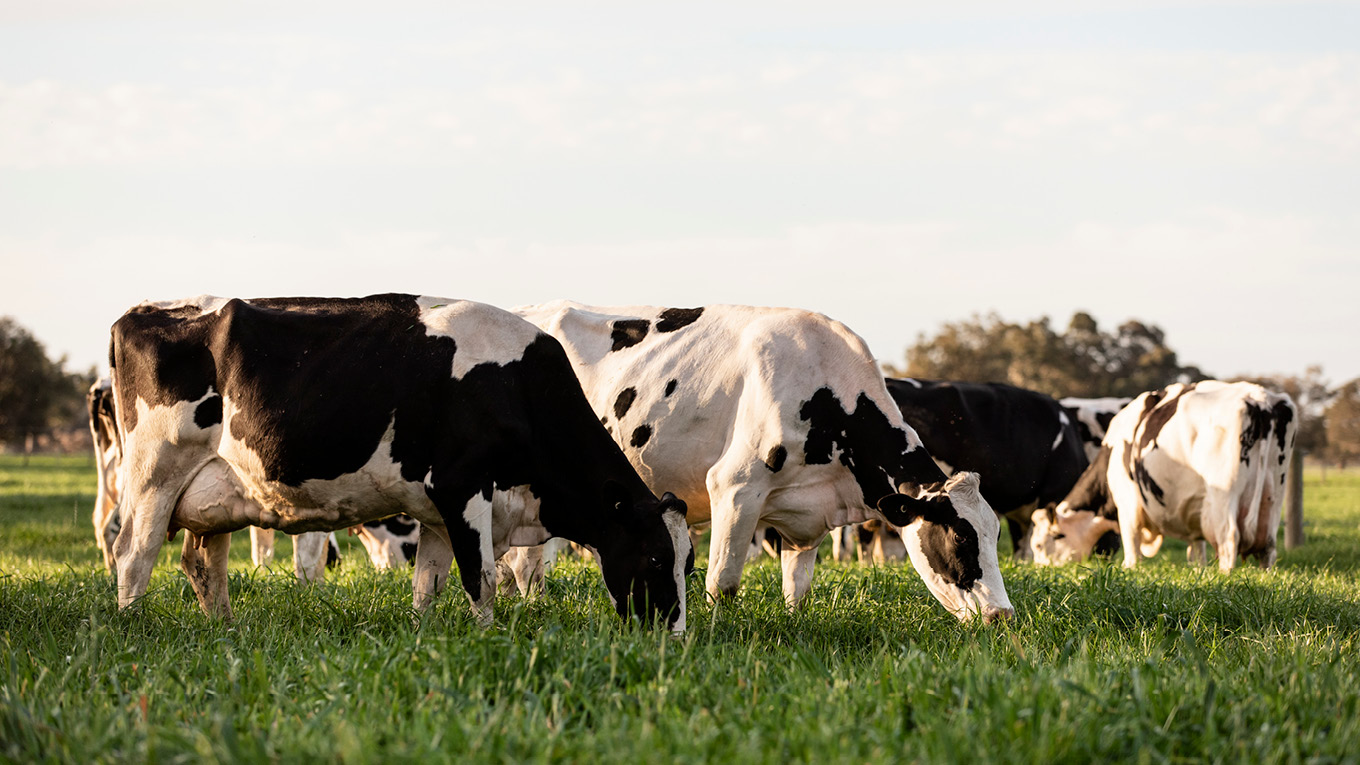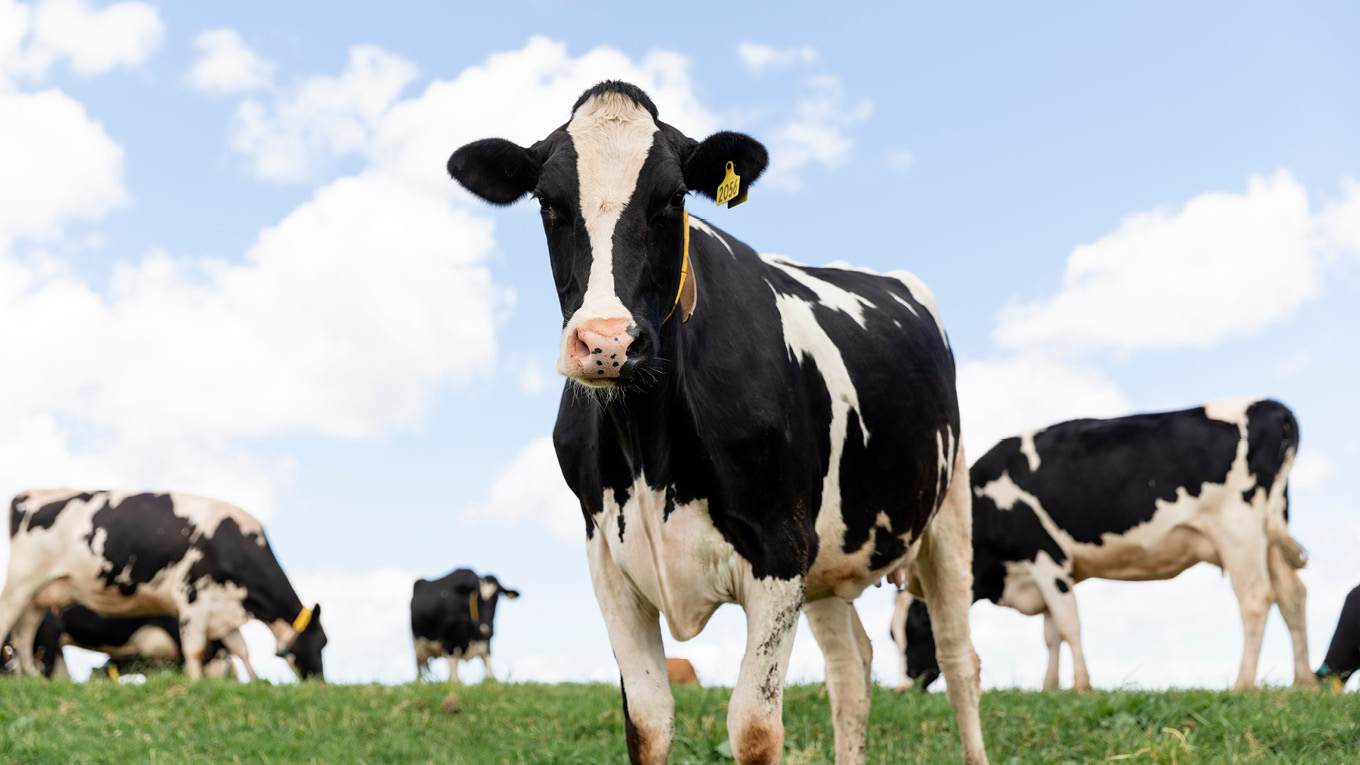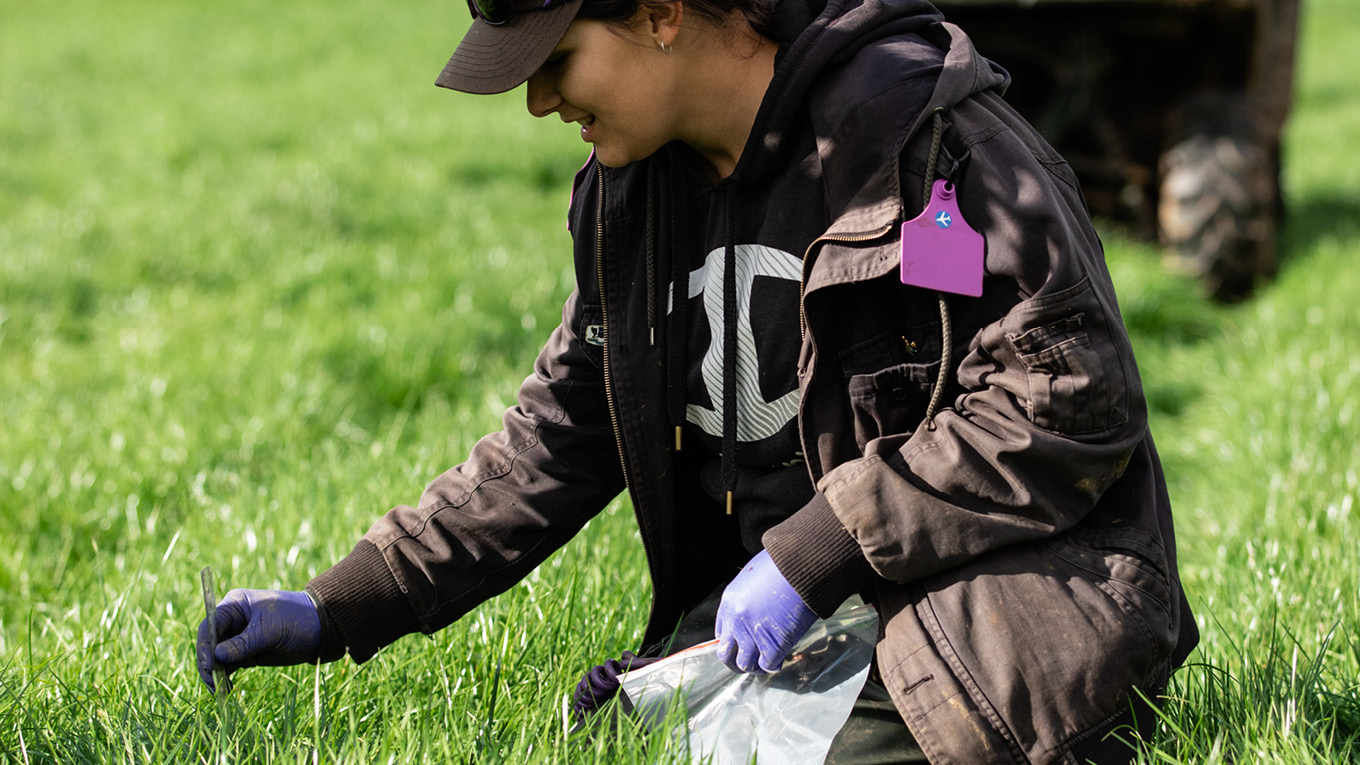Nutritional Value of Feeds
Nutritional values of feeds vary according to growing conditions and how feed is harvested, conserved or manufactured. Hays, silages and by-products are particularly variable.
The wider the variation, the more important it is to look beyond the price tag and work out the value per unit of energy and/or protein based on an actual feed analysis. This is the only way farmers will really know if the feed is good value for money.
Nutrition resources
The Feed value varies in different feeds fact sheet gives explanations for dry matter (DM), metabolisable energy (ME) and crude protein (CP) and lists typical feed values for different feeds, including a number of high-fibre by-products. Ranges are included in brackets for DM, ME and CP levels.
Some examples of feed values for commonly used dairy feeds in Australia are given in the table below. The table provides values for DM content, ME content (expressed in megajoules – MJ – per kilogram of DM), CP content, fibre content (expressed in neutral detergent fibre – NDF), sugar content and starch content.
The Rumen8 feed values library is a comprehensive resource that provides book values for over 150 different feeds. It also provides a more detailed analysis of the nutritional value of each feed, including protein degradation curves and macro-mineral concentrations.
| DM | ME | CP | NDF | Sugar | Starch | |
|---|---|---|---|---|---|---|
| % | MJ/kg DM | % in DM | % in DM | % in DM | % in DM | |
| Ryegrass winter | 14 | 11.0 | 24 | 45 | 14 | 3 |
| Ryegrass summer irrigated | 20 | 10.0 | 20 | 55 | 9 | 2 |
| Ryegrass clover silage average | 40 | 10.0 | 15 | 51 | 6 | 2 |
| Maize silage | 35 | 10.6 | 9 | 45 | 2 | 30 |
| Wheat | 90 | 13.3 | 13 | 13 | 4 | 67 |
| Barley | 90 | 12.9 | 13 | 20 | 3 | 56 |
| Lupins | 90 | 13.8 | 32 | 25 | 8 | 3 |
| Canola meal (solvent) | 90 | 11.5 | 41 | 31 | 11 | 2 |
| Canola meal (solvent) | 90 | 10.0 | 9 | 52 | 11 | 5 |
| Well managed wheat straw | 90 | 5.0 | 3 | 73 | 2 | 2 |
During winter, ryegrass is very low in DM content at 14% and thus very high in water at 86%. Energy content under good grazing management is 11 MJ with 45% NDF. Crude protein is quite high at 24%. Sugar is also quite high at 14%, whereas starch is typically low at 3%. In contrast, ryegrass in summer is considerably lower in ME and higher in fibre, which limits how much of it can be consumed in kilograms of DM per cow per day.
Ryegrass/clover silage (round bales) has a typical DM content of 40%, moderate ME of 10 MJ and NDF of 51%. Crude protein is a reasonable at 15%. Sugar and starch levels are low, as is typical in most ensiled pasture.
Compared to grass silage, maize silage is lower in protein but much higher in starch content which can be a valuable attribute for a conserved forage.
Nutrition in grains
Barley and wheat are typical for cereal grains, with high levels of ME and starch and low levels of NDF and CP, especially in wheat. However, feed values can still vary considerably, with ME values ranging from less than 11 MJ to more than 14 MJ, so it pays to analyse any grain batches before purchase.
Lupins and canola meal are high in protein with good levels of energy. Fibre is moderate and starch is low, which is typical for these feeds. Again, it is important to test as these values can vary.
Well-managed cereal hay has good levels of ME and sugar and moderate levels of protein. In contrast, cereal straw such as wheat straw are very low in ME and protein and very high in fibre, which greatly limits the amount that can be consumed. However, it still may be useful in some situations where additional fibre is required in the diet.
Feed conversion efficiency
Feed conversion efficiency is a useful measure of the efficiency of a feeding system on any dairy farm. More information on this is available in Dairy Australia's Feed conversion efficiency guide to explore its contribution to farm performance.
However, aiming for the highest possible feed conversion efficiency will not automatically lead to the highest level of farm profit for a range of reasons. Feed conversion efficiency is always less important than overall farm profit.


